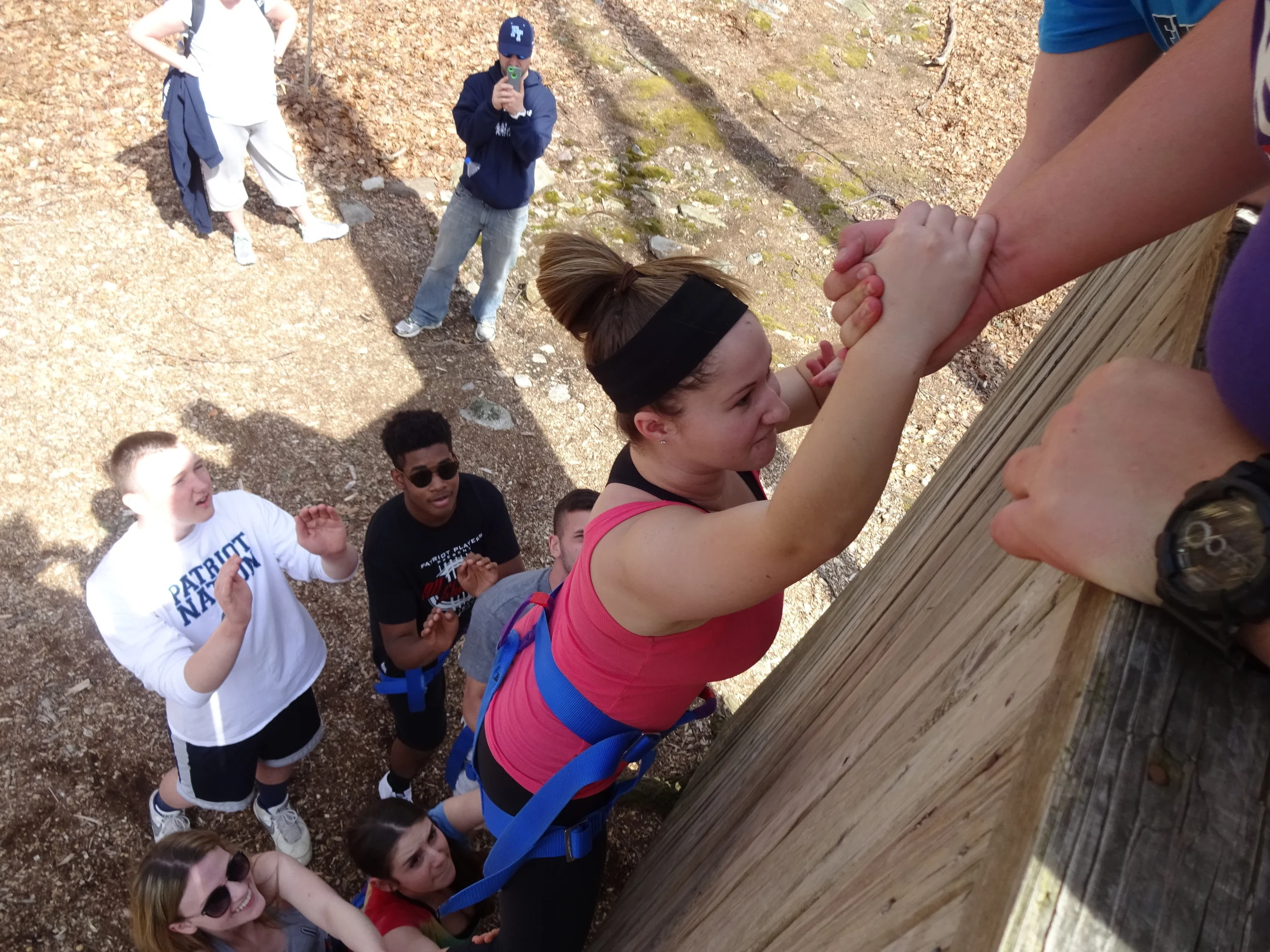SEL and Mental Health
/May is Mental Health month. In a year where mental health stressors have arrived at the forefront for both students and adults, the role SEL can play in mental health outcomes is worth examining.
Even in “regular” (i.e. pre-pandemic) times, SEL and mental health were considered intertwined. In a brief prepared by the Collaborative for Academic, Social, and Emotional Learning (CASEL) in collaboration with The National Center for Mental Health Promotion and Youth Violence Prevention, Connecting Social and Emotional Learning with Mental Health, the organization asserts that “Addressing children’s mental health is critical for school and life success. Social and emotional learning programming, when implemented with fidelity and integrated into the fabric of the school and community, provides students with the skills they need to be successful within an environment that promotes their physical and emotional safety and well-being.” However, in the extraordinary circumstances of a global pandemic, social emotional learning tops of the list of recommendations for classroom educators for what they can do to best support students’ mental health during COVID.
But, why should that be the focus? While the answer is not truly linear, the CASEL brief outlines the cumulative positive effects of robust SEL programs. By increasing the number of tools a student has to both identify and navigate periods of stress and challenge, their ability to be flexible and resilient increases, and ultimately, mental health interventions become less frequent. According to CASEL, “SEL programming may reduce the number of students who require early intervention, because participation in SEL programs fosters in children the skills they will need to cope with life’s challenges and helps teachers manage their classrooms in ways that promote interest and engagement, all within a caring school environment.”
Participants work together to accomplish goals, enhance communication skills, and strengthen relationships with peers and adults through experiential learning led by PBC facilitators.
At PBC, our experienced facilitators work with students to hone social emotional skills through experiential and adventure education. This approach to teaching SEL - markedly different in practice from most classroom- and school-based SEL initiatives - was recently studied in a group of students in the UK who were all classified as having social, emotional, or behavioral difficulties – arguably among those most in need of mental health supports. The researcher concluded that outdoor and adventure education may offer additional benefits above and beyond those of the classroom efforts, because “as students engaged in outdoor learning activities, they used core SEL skills in combination rather than in isolation. This may differ in – and be an advantage over — how students use SEL skills in classroom-based programs. Another distinct advantage of outdoor SEL intervention programs is the reliance on group work, which provides students with opportunities for developing effective social interactions, communication and relationships.”
Supporting mental health can’t just be focused on screen-free time, or mindfulness, or connecting struggling students with school counselors and therapists. The evidence suggests that incorporating SEL is key to improved mental health outcomes for youth, especially with COVID not yet behind us.

























